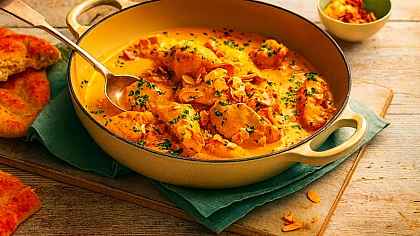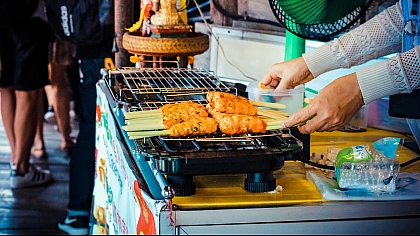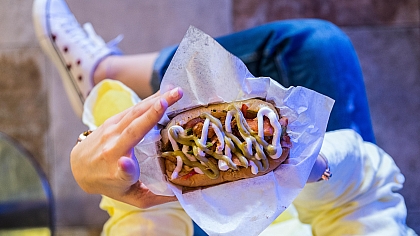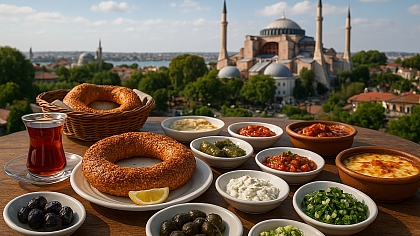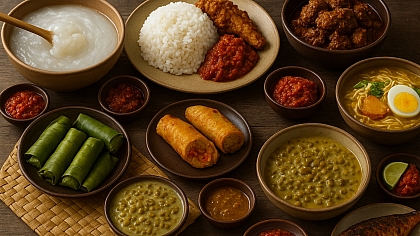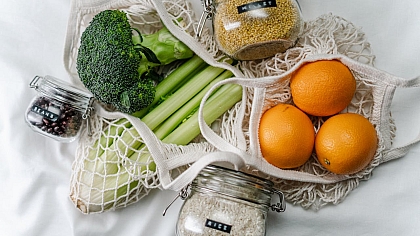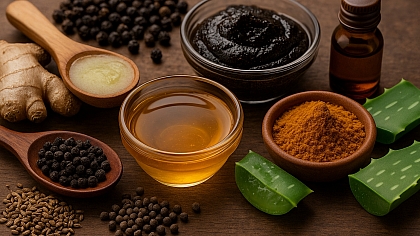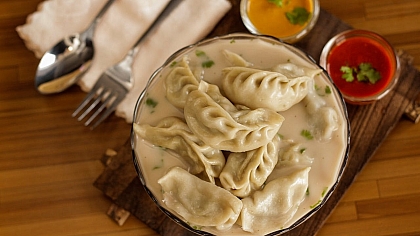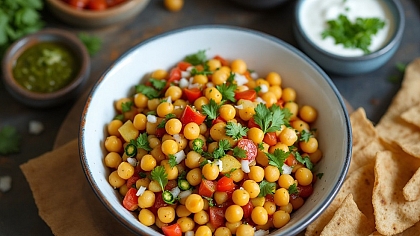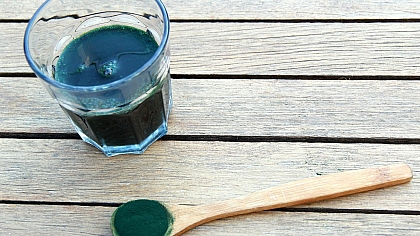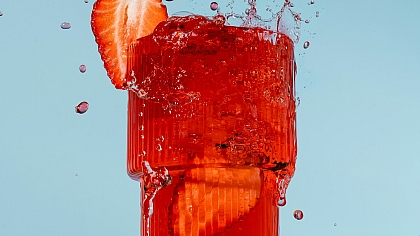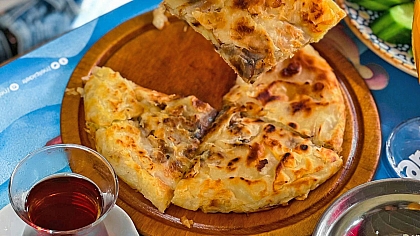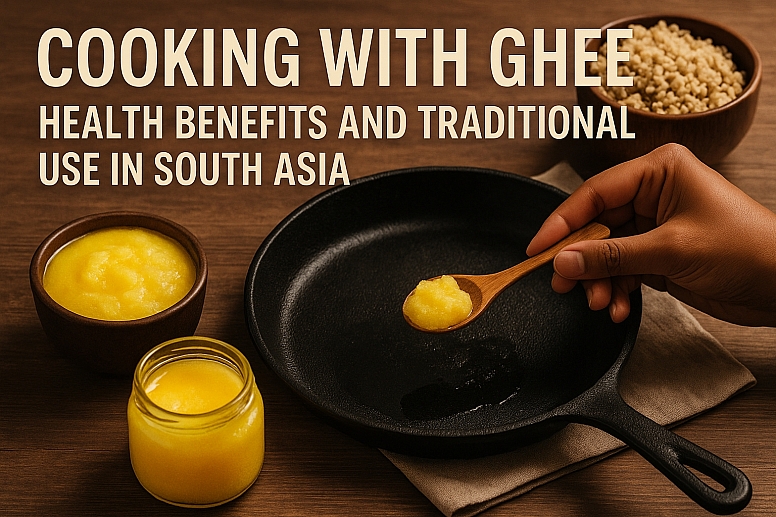
Cooking with Ghee: Health Benefits and Traditional Use in South Asia
Ghee has been a kitchen hero in South Asia for thousands of years. Unlike butter or oil, ghee is simmered until the milk solids separate, leaving behind pure golden fat. This simple process makes it last longer, taste richer, and pack more nutrients.
What You Need to Know First
- Ghee is lactose-free and easier to digest than butter.
- It helps absorb vitamins from food better than most oils.
- South Asian traditions use ghee for cooking, medicine, and even skin care.
- Unlike vegetable oils, ghee stays stable at high heat.
What Makes Ghee Different?
Ghee isn’t just melted butter. The slow cooking removes water and milk solids, leaving only the fat. This changes how it works in your body:
- Digestion: Ghee has butyrate, a fatty acid that soothes the gut. People with lactose intolerance often handle ghee better than butter.
- Nutrient Absorption: Fat-soluble vitamins (A, D, E, K) need fat to be absorbed. Ghee does this better than oils like canola or sunflower.
- High Smoke Point: Ghee won’t burn easily, making it safer for frying than olive oil or butter.
Ghee vs. Other Fats
| Fat Type | Smoke Point | Lactose-Free? | Best For |
|---|---|---|---|
| Ghee | 485°F (250°C) | Yes | Frying, baking, roasting |
| Butter | 350°F (175°C) | No | Low-heat cooking, spreads |
| Coconut Oil | 350°F (175°C) | Yes | Baking, medium-heat cooking |
| Olive Oil | 375°F (190°C) | Yes | Salads, light sautéing |
Health Benefits Backed by Tradition
South Asian Ayurvedic medicine has used ghee for centuries. Modern science agrees with some of these benefits:
- Boosts Immunity: Ghee contains antioxidants that fight inflammation.
- Supports Brain Health: The healthy fats in ghee may help memory and focus.
- Moisturizes Skin: Many South Asian families rub ghee on dry skin or lips.
A Classic Desi Totka for Cuts & Scars
In many South Asian households, a mix of ghee and turmeric has been used for generations to treat minor cuts. The turmeric fights infection with its natural antiseptic properties, while ghee keeps the wound moisturized, helping it heal faster with less scarring.
How to Use:
- Clean the wound gently.
- Mix a pinch of turmeric with a few drops of pure ghee.
- Apply lightly and cover with a clean cloth.
Why It Works:
- Turmeric (haldi) reduces inflammation.
- Ghee forms a protective layer, preventing dryness and scabbing.
This remedy is still used in villages where medical supplies are scarce—a true testament to the wisdom of old healing practices!"
How to Cook with Ghee Like a Pro
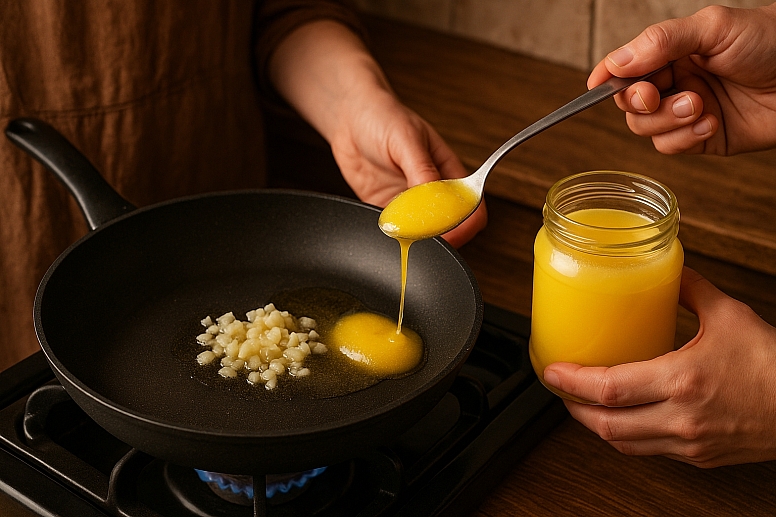
Ghee adds a nutty, rich flavour to dishes. Here’s how South Asian kitchens use it:
- Tempering Spices: Heat ghee, add cumin or mustard seeds, then pour over lentils or rice.
- Frying: Perfect for crispy dosas or golden parathas.
- Baking: Replace butter with ghee in cookies for a deeper taste.
Pro Tip: Store ghee in a cool, dark place. It doesn’t need refrigeration and can last months.
Give Ghee a Try Today
If you’ve never cooked with ghee, start small. Use it instead of butter on toast, or fry an egg in it. The flavour might surprise you—it’s richer than butter but not greasy like oil.
Got a jar of ghee? Try this tonight: Sauté garlic in ghee, toss in spinach, and finish with a pinch of salt. Simple, fast, and packed with nutrients.
FAQs
Is ghee healthier than butter?
Yes, for many people. Ghee has no lactose or casein, so it’s easier to digest. It also has more butyrate, which supports gut health.
Can I use ghee if I’m lactose intolerant?
Most likely. The milk solids are removed, so ghee has almost no lactose.
Does ghee need to be refrigerated?
No. Keep it sealed in a cupboard, and it’ll stay good for months.
Is ghee good for weight loss?
In moderation. Ghee has healthy fats that keep you full, but it’s still high in calories.
Why does ghee taste different from butter?
The cooking process gives ghee a deeper, nuttier flavour. It’s richer but less creamy than butter.
Now It’s Your Turn
Swap your usual cooking fat for ghee in one meal this week. Taste the difference—your body (and your taste buds) might thank you.
Ghee in Everyday South Asian Meals
In South Asia, ghee isn’t just an ingredient—it’s a cultural staple. A spoonful of ghee is often drizzled over hot rice or dal, turning a simple meal into something rich and comforting. In sweets like halwa or ladoo, ghee binds the ingredients while adding a deep, caramel-like aroma. Even street food vendors use it to fry snacks like samosas or jalebis because it doesn’t break down at high heat like other oils.
The Science Behind Ghee’s Stability
One reason ghee is so reliable in cooking is its chemical structure. Unlike polyunsaturated fats (like vegetable oils), which oxidise easily and form harmful compounds when heated, ghee is mostly saturated and monounsaturated fats. This makes it resistant to rancidity and less likely to produce free radicals when cooking. That’s why many traditional cuisines prefer ghee for deep frying—it stays stable, keeping food crisp without absorbing too much oil.
Ghee in Modern Kitchens
While ghee has deep roots in tradition, it’s gaining popularity worldwide. Chefs love it for its versatility—it works in both sweet and savoury dishes. Fitness enthusiasts use it as a clean energy source in bulletproof coffee. Even skincare brands are adding ghee-based products for their moisturising benefits.
If you’re new to ghee, try this: Next time you make popcorn, melt a little ghee instead of butter. The nutty flavour takes it to another level.
Still Curious?
If you’ve been using butter or olive oil for everything, give ghee a shot. It might just become your new kitchen favourite.

